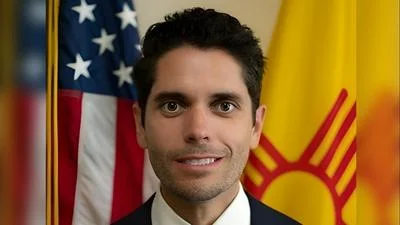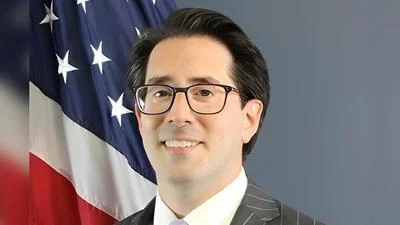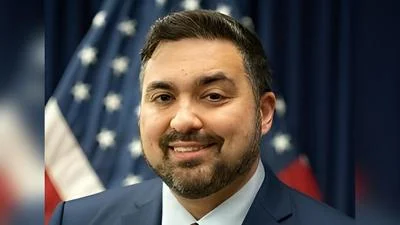SCRANTON-The United States Attorney’s Office for the Middle District of Pennsylvania announced that Lawrence Stone, age 64, of Scranton, pleaded guilty on Feb. 21, 2019, before U.S. District Court Judge Malachy E. Mannion to producing child pornography.
According to United States Attorney David J. Freed, Stone admitted to persuading two minor victims to engage in sexually explicit conduct for the purpose of producing images of the conduct. Stone committed the offense between 2010 and 2014, in Lackawanna County.
Judge Mannion ordered a presentence investigation to be completed. Sentencing will be scheduled at a later date.
The case was investigated by the Federal Bureau of Investigation and the Scranton Police Department. Assistant United States Attorney Francis P. Sempa is prosecuting the case.
This case was brought as part of Project Safe Childhood, a nationwide initiative launched in May 2006 by the Department of Justice to combat the growing epidemic of child sexual exploitation and abuse. Led by the United States Attorneys' Offices and the Criminal Division's Child Exploitation and Obscenity Section, Project Safe Childhood marshals federal, state, and local resources to locate, apprehend, and prosecute individuals who sexually exploit children, and to identify and rescue victims. For more information about Project Safe Childhood, please visit www.usdoj.gov/psc For more information about internet safety education, please visit www.usdoj.gov/psc and click on the tab "resources."
A sentence following a finding of guilt is imposed by the Judge after consideration of the applicable federal sentencing statutes and the Federal Sentencing Guidelines.
The maximum penalty under federal law for the offense is 30 years’ imprisonment, a term of supervised release following imprisonment, and a fine. There is also a mandatory minimum sentence of 15 years’ imprisonment. Under the Federal Sentencing Guidelines, the Judge is also required to consider and weigh a number of factors, including the nature, circumstances and seriousness of the offense; the history and characteristics of the defendant; and the need to punish the defendant, protect the public and provide for the defendant's educational, vocational and medical needs. For these reasons, the statutory maximum penalty for the offense is not an accurate indicator of the potential sentence for a specific defendant.
Source: U.S. Department of Justice, Office of the United States Attorneys








